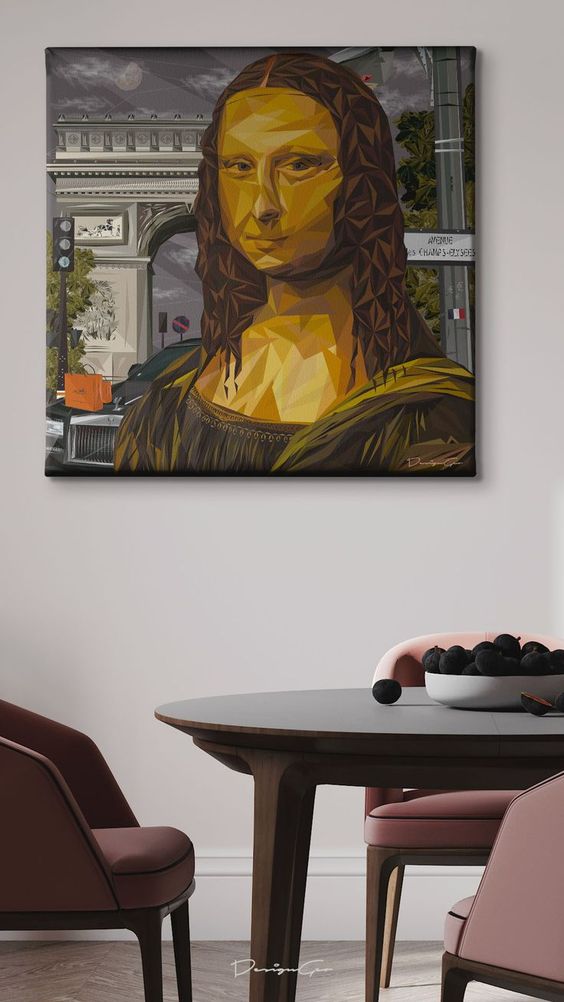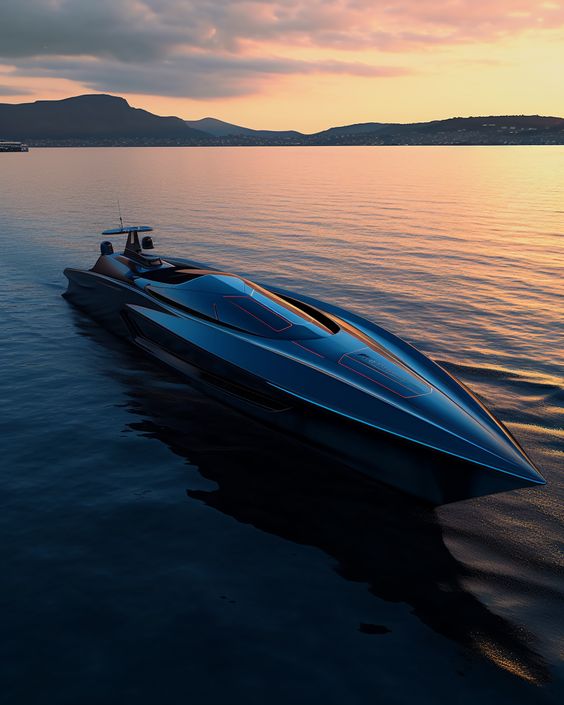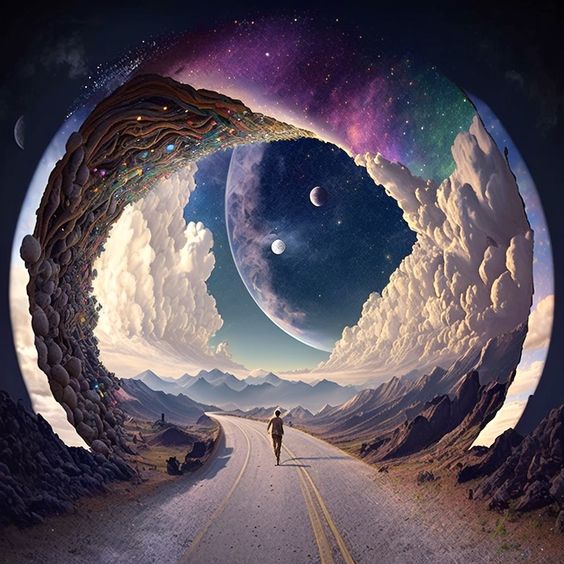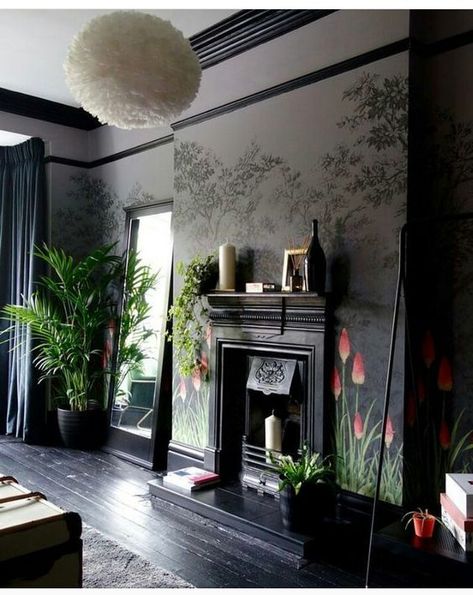Creating exclusive and limited edition pieces

Creating exclusive and limited edition pieces is a cornerstone of the fashion and design industry, embodying a blend of creativity, scarcity, and prestige. In an era where mass production dominates markets, these unique offerings stand as beacons of individuality and craftsmanship. Fashion and design enthusiasts crave the allure of owning something rare and distinctive, making exclusive and limited edition pieces highly sought after commodities. This essay delves into the significance of such pieces, exploring their impact on consumer behavior, the strategies employed in their creation, and the challenges faced by designers and brands in executing them.
In the world of fashion and design, exclusivity is synonymous with desirability. Limited edition pieces, by their very nature, evoke a sense of urgency and exclusivity among consumers. Whether it’s a limited run of luxury handbags or a unique collection of artisanal jewelry, the allure lies in the rarity of the item. Fashion aficionados are drawn to the idea of owning something that few others possess, elevating their status and style quotient. Moreover, limited editions often serve as collectors’ items, accruing value over time and becoming coveted treasures within the fashion community.
Transitive words and active sentences:
Craftsmanship plays a pivotal role in the creation of exclusive pieces, where meticulous attention to detail and superior quality are non-negotiable. Designers strive to imbue their creations with a sense of individuality, pushing the boundaries of creativity to offer consumers something truly extraordinary. From handcrafted garments to intricately designed accessories, each piece tells a story of innovation and artistry. Fashion houses leverage their heritage and expertise to curate limited edition collections that exude luxury and exclusivity, catering to discerning clientele seeking unique sartorial experiences.
Understanding Exclusive and Limited Edition Pieces
Fashion and design enthusiasts often covet exclusive and limited edition pieces for their rarity and unique appeal. These items, distinguished by their scarcity and exclusivity, hold a special allure in the fashion industry. Limited edition collections are carefully curated by designers and brands to offer consumers a sense of exclusivity and individuality, setting them apart from mass-produced garments and accessories. By limiting the quantity of these items available, designers can maintain their brand’s prestige and appeal to a discerning clientele.
Transitive words and active sentences:
Designers meticulously craft limited edition pieces, ensuring each garment or accessory embodies their signature style and attention to detail. They employ innovative techniques and luxurious materials to create pieces that captivate fashion enthusiasts and collectors alike. From hand-sewn embellishments to custom prints, every element of a limited edition design is carefully considered to evoke a sense of luxury and exclusivity. Fashion houses leverage their expertise and heritage to create limited edition collections that resonate with their brand identity while offering consumers a unique and memorable shopping experience.
The appeal of exclusive and limited edition pieces extends beyond their aesthetic value; they also serve as investment pieces for collectors seeking to acquire rare and valuable items. Limited edition designs often appreciate in value over time, making them desirable acquisitions for fashion connoisseurs and investors alike. Whether it’s a limited run of haute couture gowns or a collaboration between a renowned designer and an emerging artist, exclusive pieces hold a special place in the hearts of fashion aficionados worldwide.
Importance of Exclusivity in Design and Fashion

Exclusivity plays a pivotal role in shaping the allure and desirability of fashion and design items. In an industry driven by trends and mass production, exclusive pieces offer a sense of individuality and prestige that resonates with consumers. Fashion enthusiasts are drawn to limited edition designs for their rarity and unique appeal, seeking out these coveted items to make a statement and express their personal style.
Transitive words and active sentences:
Designers understand the importance of exclusivity in capturing the attention of discerning consumers. By offering limited edition collections, they can create a sense of urgency and exclusivity that drives demand and cultivates brand loyalty. From high-end couture to streetwear collaborations, exclusive pieces allow designers to showcase their creativity and craftsmanship while catering to a niche audience seeking something extraordinary.
In the fast-paced world of fashion, exclusivity sets brands apart from their competitors and establishes them as leaders in the industry. Luxury fashion houses, in particular, have mastered the art of exclusivity, producing limited edition pieces that command premium prices and capture the imaginations of fashion connoisseurs worldwide. These exclusive designs not only generate buzz and excitement but also elevate the brand’s image and prestige in the eyes of consumers.
Moreover, exclusivity fosters a sense of exclusivity and belonging within the fashion community, creating a sense of camaraderie among those who are fortunate enough to own these coveted pieces. Whether it’s a limited edition handbag or a rare sneaker release, exclusive designs evoke a sense of pride and accomplishment in their owners, solidifying their status as tastemakers and trendsetters in the world of fashion.
Factors Influencing Limited Edition Creation
In the dynamic world of fashion and design, several factors contribute to the creation of limited edition pieces, each playing a crucial role in shaping the final product and its appeal to consumers. From artistic inspiration to market demand, designers and brands carefully consider a multitude of factors before embarking on the creation of exclusive collections.
Transitive words and active sentences:
First and foremost, artistic vision drives the creation of limited edition pieces, with designers drawing inspiration from a myriad of sources, including art, culture, and history. They aim to create designs that not only showcase their creative prowess but also resonate with consumers on a deeper level, eliciting emotional responses and sparking desire.
Market trends and consumer preferences also play a significant role in shaping limited edition collections. Designers closely monitor shifts in fashion trends and consumer behavior, leveraging data and insights to inform their design decisions and tailor their offerings to meet evolving tastes and demands.
Additionally, collaborations between designers and brands often give rise to limited edition collections, bringing together diverse creative talents to produce unique and innovative designs. These collaborations not only generate excitement and buzz within the fashion community but also allow designers to reach new audiences and expand their brand reach.
Furthermore, exclusivity and scarcity are key drivers of limited edition creation, with brands strategically limiting the quantity of available pieces to create a sense of urgency and exclusivity among consumers. By offering limited edition designs, brands can cultivate a sense of prestige and desirability, enticing consumers to seek out these rare and coveted items.
In summary, a combination of artistic vision, market insights, collaborations, and exclusivity drives the creation of limited edition pieces in the fashion and design industry, shaping the landscape of creativity and innovation.
Strategies for Creating Exclusive Pieces
In the competitive realm of fashion and design, crafting exclusive pieces requires a combination of innovation, strategic planning, and meticulous attention to detail. Designers and brands employ various strategies to ensure their limited edition offerings captivate consumers and stand out in a crowded marketplace.
Transitive words and active sentences:
One key strategy for creating exclusive pieces is through the utilization of rare and luxurious materials. Designers scour the globe for exquisite fabrics, embellishments, and hardware that elevate their creations to unparalleled heights of luxury. By incorporating these unique materials into their designs, they infuse their pieces with a sense of opulence and exclusivity that resonates with discerning consumers.
Collaborations with renowned artists, celebrities, or other brands represent another effective strategy for creating exclusive pieces. By partnering with influential figures or complementary brands, designers can leverage their combined creative energies to produce limited edition collections that generate excitement and buzz within the fashion community. These collaborations often result in one-of-a-kind designs that blur the lines between fashion, art, and culture.
Furthermore, designers utilize innovative design techniques and craftsmanship to distinguish their limited edition pieces from mass-produced alternatives. Whether it’s intricate hand-embroidery, artisanal hand-dyeing processes, or cutting-edge 3D printing technology, these techniques add a layer of complexity and uniqueness to each piece, making them coveted treasures for fashion enthusiasts.
In conclusion, the creation of exclusive pieces requires a multifaceted approach that combines the sourcing of rare materials, strategic collaborations, and innovative design techniques. By implementing these strategies, designers and brands can produce limited edition collections that captivate consumers and solidify their position as leaders in the ever-evolving world of fashion and design.
Marketing and Promoting Limited Editions
In the realm of fashion and design, effectively marketing and promoting limited edition pieces is essential to generating excitement, driving demand, and ultimately, achieving success in the marketplace. Designers and brands employ a variety of strategies to showcase their exclusive offerings and capture the attention of discerning consumers.
Transitive words and active sentences:
One key strategy for marketing limited editions is leveraging social media platforms to create buzz and generate anticipation among fashion enthusiasts. Designers utilize visually compelling content, such as behind-the-scenes footage, sneak peeks, and influencer collaborations, to showcase the uniqueness and desirability of their limited edition pieces. By engaging with their audience in real-time and creating a sense of FOMO (fear of missing out), brands can build excitement and drive traffic to their online and offline stores.
Furthermore, strategic partnerships with retailers, both online and brick-and-mortar, play a crucial role in promoting limited edition collections. By partnering with established retailers with a strong presence in the fashion industry, designers can expand their reach and gain access to a broader audience of potential customers. These partnerships often involve exclusive launch events, pop-up shops, and other experiential marketing tactics to create a sense of urgency and exclusivity surrounding the limited edition release.
Additionally, storytelling is a powerful tool for marketing limited editions, allowing designers to connect with consumers on a deeper emotional level. By sharing the inspiration behind each piece, the craftsmanship involved, and the journey from concept to creation, brands can create a narrative that resonates with their audience and reinforces the value of owning a limited edition fashion item.
In conclusion, effective marketing and promotion are essential for driving the success of limited edition collections in the fashion and design industry. By leveraging social media, strategic partnerships, and storytelling, designers and brands can create excitement, generate demand, and ultimately, achieve commercial success with their exclusive offerings.
Challenges and Considerations in Limited Edition Production
Limited edition production in the fashion and design industry presents a unique set of challenges and considerations that designers and brands must navigate to ensure the successful execution of their exclusive collections. From sourcing materials to managing production timelines, several factors can impact the feasibility and profitability of limited edition production runs.
Transitive words and active sentences:
One of the primary challenges in limited edition production is sourcing the necessary materials to bring the designer’s vision to life. Rare and luxurious materials are often integral to the creation of exclusive pieces, but their availability can be limited, leading to logistical hurdles and delays in production. Designers must work closely with suppliers and manufacturers to secure the materials needed for their limited edition collections, often requiring extensive research and negotiation to meet their exact specifications.
Moreover, managing production timelines and ensuring quality control are essential considerations in limited edition production. With the pressure to meet deadlines and deliver flawless products, designers must carefully oversee every stage of the production process, from prototyping to final assembly. Any deviation from the original design or compromise in quality could tarnish the reputation of the brand and diminish the exclusivity of the limited edition pieces.
Additionally, scalability is a critical consideration in limited edition production, as designers must strike a balance between creating enough demand to justify the production run while maintaining the exclusivity of the collection. Overproducing limited edition pieces can dilute their perceived value and erode consumer interest, while underproducing can lead to missed revenue opportunities and disappointed customers.
In conclusion, limited edition production in the fashion and design industry presents a complex set of challenges and considerations that require careful planning, strategic decision-making, and meticulous attention to detail. By addressing these challenges proactively and leveraging innovative solutions, designers and brands can overcome obstacles and deliver exclusive collections that captivate consumers and elevate their brand’s prestige in the marketplace.
Future Trends in Exclusive and Limited Edition Design
As the fashion and design industries continue to evolve, future trends in exclusive and limited edition design are poised to shape the landscape of creativity and innovation. From sustainable practices to digital integration, several key trends are expected to influence the production and consumption of limited edition pieces in the years to come.
Transitive words and active sentences:
One emerging trend in limited edition design is a heightened focus on sustainability and ethical production practices. With increasing awareness of environmental and social issues, consumers are demanding greater transparency and accountability from fashion brands. Limited edition collections that prioritize sustainable materials, ethical manufacturing processes, and waste reduction initiatives are likely to resonate with eco-conscious consumers, driving demand for environmentally-friendly fashion options.
Furthermore, digital technology is expected to play a significant role in the future of limited edition design. Advancements in augmented reality (AR), virtual reality (VR), and 3D printing are revolutionizing the way designers conceptualize, create, and market their exclusive pieces. Virtual fitting rooms, interactive product displays, and customizable design options are just a few examples of how digital innovation is enhancing the consumer experience and expanding the possibilities of limited edition production.
Additionally, personalization is expected to become increasingly prevalent in limited edition design, as consumers seek out products that reflect their unique tastes and preferences. Customizable features, such as color options, sizing adjustments, and personalized monograms, allow consumers to create bespoke pieces that are tailored to their individual style. By offering personalized limited edition collections, brands can foster deeper connections with consumers and elevate the exclusivity of their offerings.
In conclusion, future trends in exclusive and limited edition design are characterized by a commitment to sustainability, digital innovation, and personalized experiences. By embracing these trends and adapting to changing consumer preferences, designers and brands can continue to push the boundaries of creativity and redefine the concept of exclusivity in the fashion and design industry.







